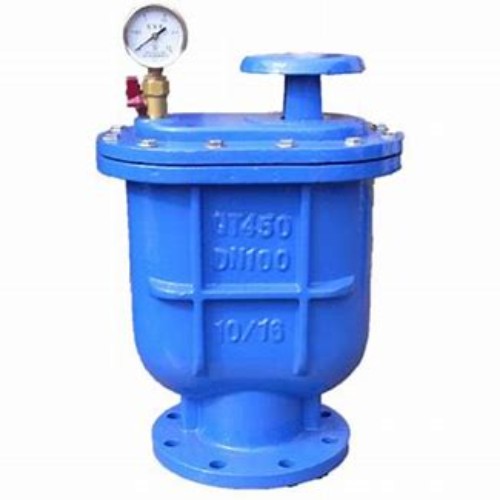Factors Affecting the Cost of Electric Actuator Valves and Their Market Trends
Understanding the Pricing of Electric Actuator Valves
Electric actuator valves are increasingly becoming a preferred choice in various industrial applications due to their efficiency, reliability, and ease of automation. These components play a crucial role in controlling the flow of liquids and gases in pipelines, making them essential in sectors such as oil and gas, water treatment, chemical manufacturing, and HVAC systems. As the demand for automation continues to rise, understanding the pricing of electric actuator valves is paramount for businesses looking to invest in this technology.
Factors Influencing the Price
1. Type of Valve and Actuator The price of electric actuator valves can vary significantly depending on the type of valve (e.g., ball, butterfly, gate) and the type of actuator (e.g., rotary, linear). Each combination has unique mechanical designs and applications, which can affect the cost. Generally, more complex designs that provide enhanced functionality or larger sizes will be more expensive.
2. Material Composition The materials used in manufacturing the valve and actuator greatly influence the price. Stainless steel, for example, is commonly used for its resistance to corrosion and durability, but it is more expensive than plastic or carbon steel. The choice of materials often depends on the operational environment and the substances being controlled.
3. Size and Pressure Rating Larger valves that can handle higher pressure ratings tend to cost more. The required size and specifications of the system will dictate the price, as larger components require more materials and robust engineering.
4. Brand and Manufacturer The reputation of the manufacturer also plays a crucial role in pricing. Established brands that are known for high quality and reliability may charge a premium for their products. Conversely, lesser-known brands may offer lower prices but could come with risks related to quality and support.
5. Customization and Features If a business needs customized features—such as specific voltage requirements, unique control systems, or integration with existing automation technologies—the price will likely increase. Additional features such as position feedback, fail-safe options, and smart technologies can also contribute to higher costs.
electric actuator valve price

Average Pricing Range
On average, the price of electric actuator valves can range from as low as $100 for basic models to several thousand dollars for high-end, specialized systems. A typical range for most industrial applications might be between $500 to $2,500, depending on the factors mentioned above. It’s important to note that while initial costs are a significant consideration, total cost of ownership—including installation, maintenance, and energy efficiency—should also be factored in.
Market Trends and Future Outlook
As industries continue to embrace automation, the market for electric actuator valves is expected to grow. Innovations in technology, such as the integration of IoT solutions for remote monitoring and control, may lead to increased functionality and potentially higher prices. However, competition among manufacturers can also lead to price reductions for standard products.
Moreover, the global push towards sustainability may influence the materials used and the efficiency standards required for these valves, possibly affecting prices in the long run. Companies looking to purchase electric actuator valves should stay informed about these trends to make educated purchasing decisions.
Conclusion
In conclusion, while the price of electric actuator valves can vary due to several influencing factors, it is essential for businesses to consider the long-term benefits of investing in high-quality, reliable equipment. By understanding the intricacies behind pricing, companies can make informed decisions that align with their operational needs and budget constraints, ultimately enhancing their productivity and efficiency.
-
Breakthrough in Domestic Low Temperature Valve Technology in ChinaNewsAug.18,2025
-
From Machinery to Intelligent Brain: The Digital Transformation Wave of the Valve IndustryNewsAug.18,2025
-
PCVEXPO 2025NewsAug.18,2025
-
The Key to Fluid Control: Exploring the Advantages of Ball Valves in Industrial SystemsNewsJul.09,2025
-
The Versatile World of 1, 2, and 3 Piece Ball ValvesNewsJul.09,2025
-
Stainless Steel Ball Valves: The Ideal Choice for Efficient Flow ControlNewsJul.09,2025
-
Optimizing Fluid Control with Ball Float ValvesNewsJul.09,2025




